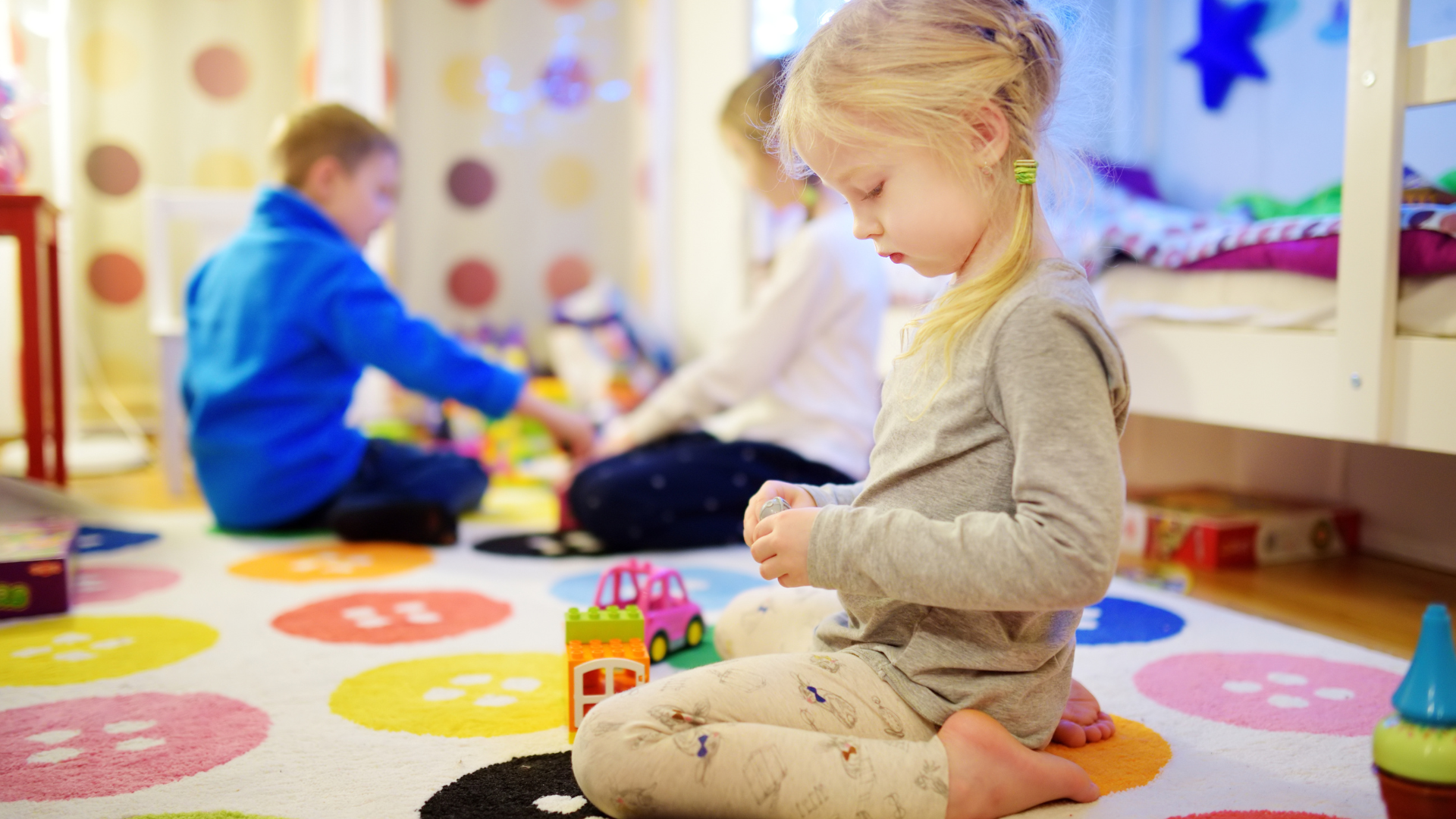For many, 2020 was a year of struggle and difficulties, especially dealing with a pandemic and community unrest. But for an 8-year-old child with attention-deficit/hyperactivity disorder, 2020 would also be the year they were handcuffed by police making them the youngest person to be handcuff by Ohio’s Cleveland Division of Police. Over the years, we, along with community partners, have written pieces on the intersection of mental health and the legal system, advocating for other avenues of care, such as the creation of a care response model to keep those experiencing a behavioral health crisis out of an over-burden legal system and into care.
Policing those with a mental illness isn’t the only issue within our mental health system. Systemic disparities, implicit biases, and racism play a significant role in hindering the system from adequately supporting those who need them.
Last year, Community Solutions launched a series looking at racism as a public health crisis. In my first piece, I looked at how systemic disparities and implicit biases played a role in the mental health pipeline, where youth who are a part of more than one system, like mental health and addiction services and foster care. While there have been many research reports and articles highlighting the impact disparities have on young people with mental or behavioral health issues, as we have written before, data without context can do more harm than good.
What is the Positive Education Program (PEP)?
Realizing that, and on the recommendation of my colleagues, I sought to understand the effects of racism on mental and behavioral health by interviewing those who are direct servers of the system. This led me to Positive Education Program (PEP), a local non-profit that provides direct and consulting services for children with severe mental health and behavioral health needs. To get different perspectives on the issue, I spoke to a BIPOC professional and a white professional, Habeebah R. Grimes, chief executive officer, and Marilyn K. Mauck, chief instruction and achievement officer.
Both women were asked to share their thoughts and experiences on three topics: disparities and barriers in diagnosis, advocacy and education, and what would the hope to see happen within the behavioral health system.
Racism has prevented us from creating a more robust, structured behavioral health system for all of Ohio,” Habeebah R. Grimes
Disparities in diagnoses
A child who was once gregarious and cheerful, always participating in class and turning their homework in on time, is suddenly withdrawn, not completing their work, and is sullen when having to interact with others. Would the race of the child determine how they would be diagnosed and treated? In many instances, yes.
In a 2015 National Center for Youth Law report on implicit bias, the authors noted that racial bias within the mental health system resulted in inadequate treatment for youth of color by either “1) leaving symptoms undiagnosed and untreated, which increases the likeliness that the child will end up in the juvenile justice system; or 2) creating a ‘revolving door’ phenomenon where children who are diagnosed receive more and more restrictive placements, eventually often including incarceration.”[1]
“There are kindergarteners and first graders who need help, but won’t get it due to disparities and access,” Marilyn Mauck
This is something that both Habeebah, who is BIPOC, and Marilyn, who is white, have noticed in their work. From the treatment side, Habeebah noted that when the practitioner isn’t of the same race or culture as the child they are serving, diagnoses based on conduct may be missed. Instead of diagnosing a child with Autism, which carries huge disparities in proper diagnosing for Black boys, or PTSD, that child may be labeled as having an oppositional-defiance disorder, resulting in incorrect treatment and delays in intervention.
PEP can help interrupt educational bias and disparities
It doesn’t stop there. Racism and biases within the education system lead to disparities in testing and class placement, especially when it comes to the over identification of BIPOC children in special education. In her years of working in and with schools, Marilyn has seen and heard firsthand this implicit bias, which she highlighted in her piece, Views on Equity from a White Teacher. Sometimes, as Marilyn pointed out, systems, like staff, can’t shift their own biases.
During the 2017-2018 school year, more than 700 children were arrested at schools across the country.
Just like how biases and racism play a role in the over identification of BIPOC students in special education, its role in school discipline is just as noticeable. During the 2017-2018 school year, more than 700 children were arrested at schools across the country, according to a CBS News report. In 2019, cops arrested a 6-year-old child who threw a temper tantrum during class. The child had documented medical issues that could have caused the tantrum. Before children are arrested, they most likely were suspended multiple times.
In Ohio’s Lorain County, Black students were nearly twice as likely to be suspended than white students. The disproportion of punishment can follow from school into their life, and for some, that path leads them into the criminal and legal system. Finding alternatives to suspension helps students and schools maintain their educational goals, which is one of the things that PEP does.
We’re using meds to move kids into a more compliant state,” Habeebah R. Grimes
Barriers to securing behavioral health care for youth
Additional barriers to youth mental health are stigma and mistrust. Cultural uncertainty and fear around mental health, prescriptions, and treatments can block many children from receiving the diagnosis and treatment they need. On the other side, the over-prescribing of medication, at times done to make the youth more malleable or for the comfort of the caregiver who may lack the knowledge, time, or resources to engage in non-medicated therapies is also a problem, one seen in systems such as foster care.
Time is another barrier. The amount of time that training and relationship building, with schools, the child in need of mental health services, their families even the community cannot be done in an instant. Many times, it takes months to establish the trust needed to support the mental health that a child needs, and that expanse of time can cause some to lose interest and focus.
“I would want every child and family to have equal access and quality to behavioral health programs,” Marilyn Mauck
Closures of health systems and the over-reliance on police to help during a crisis is a problem, too. Last year, the closure of St. Vincent’s inpatient care, located in Cleveland’s Central Neighborhood, left a profound sense of uncertainty for those who use it’s other services, specifically the psychiatric emergency department. Lack of access to services, or requiring families to travel long distances to receive them could disrupt current and future treatment plans.
Closures aren’t the only issue. Many times, when a hospital encounters someone in crisis, and they are unable to assist them, they call the police, which, many times, makes the situation worse. PEP and other behavioral health organizations are working with health systems to help reduce police intervention in a mental health crisis when possible.
Speak the truth in love and honor our shared community." Habeebah R. Grimes
Parting perspective
“Our kids benefit from having adults in their lives who give voice to what they’re thinking and learning.” Words of power and action from Habeebah on how advocates can support youth and the system that serves them. The work that Habeebah, Marilyn, and other advocates and providers do in and around behavioral health is heavy and requires a level of sacrifice of self to support and protect the most vulnerable: our children.
[1] Lee, Jina, Bell, Zenobia and Ackerman-Brimberg, Mae (2015) Implicit Bias in the Child Welfare, Education and Mental Health Systems. National Center for Youth Law






.png)
.png)
